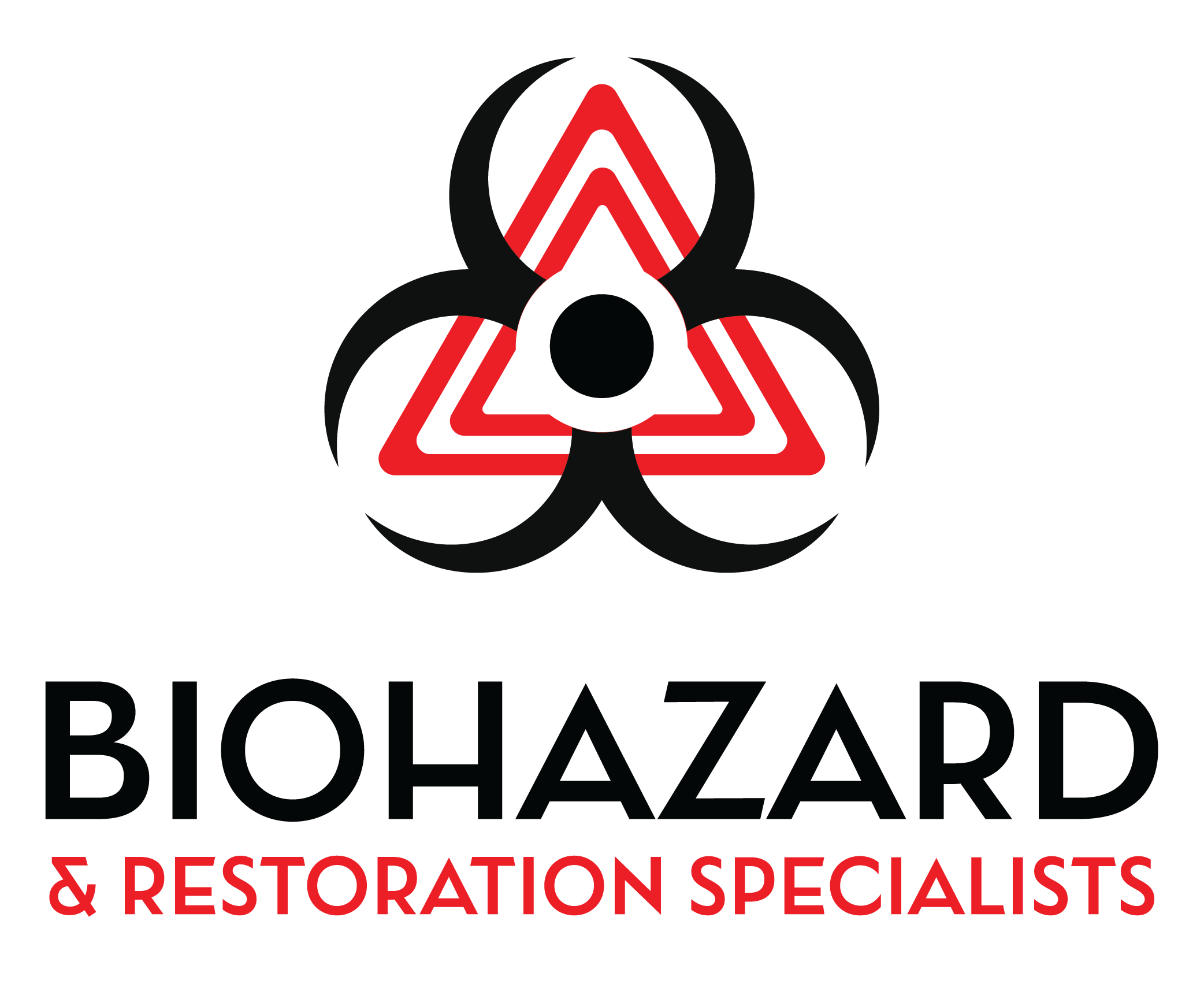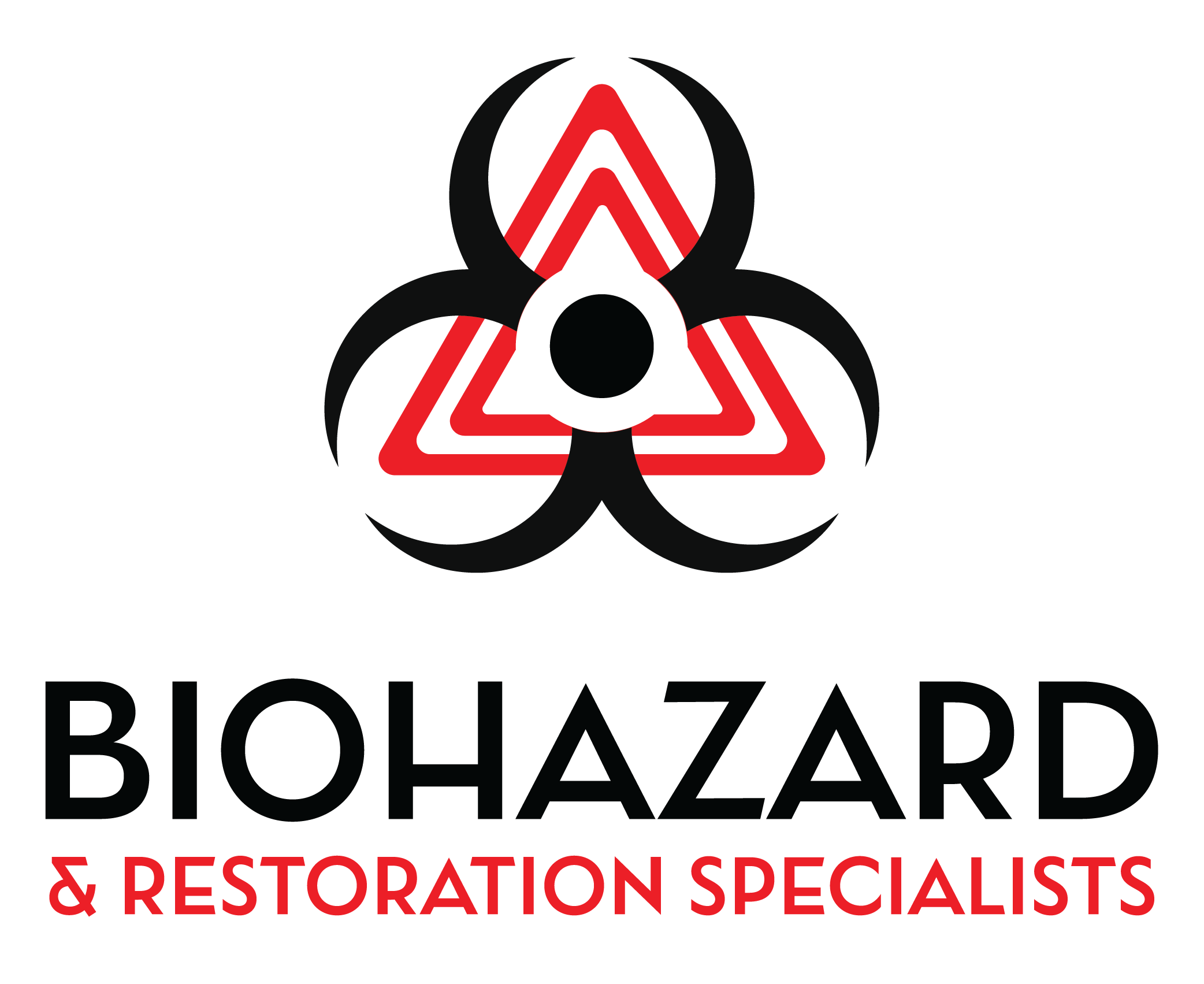Mold remediation refers to the process of identifying, containing, and removing mold from indoor environments. It is a critical procedure that aims to restore a space to a safe and healthy condition. Mold can thrive in damp, humid areas, and once it takes hold, it can spread rapidly, leading to potential structural damage and health risks.
The remediation process involves not only the removal of visible mold but also addressing the underlying moisture issues that allowed the mold to flourish in the first place. In essence, mold remediation is more than just cleaning; it is a comprehensive approach to mold management. It often includes assessing the extent of the mold infestation, employing specialized techniques to eliminate the mold, and implementing measures to prevent its return.
By understanding what mold remediation entails, we can better appreciate its significance in maintaining a healthy living environment.
Key Takeaways
- Mold remediation is the process of removing and preventing the growth of mold in indoor environments.
- Mold remediation is important for maintaining a healthy indoor environment and preventing damage to property.
- The steps of the mold remediation process include identifying the source of the mold, containing the affected area, removing the mold, and preventing future growth.
- Hiring a professional mold remediation company is recommended for thorough and effective mold removal.
- DIY mold remediation is possible for small, isolated cases of mold, but professional help is recommended for larger or widespread infestations.
The Importance of Mold Remediation
Health Risks Associated with Mold Exposure
For those with pre-existing conditions such as asthma or weakened immune systems, the risks are even greater. Therefore, addressing mold issues promptly through effective remediation is essential for safeguarding our health and well-being.
The Impact of Mold on Properties
Moreover, mold can cause significant damage to our homes and properties. It can weaken structural components, such as walls and ceilings, leading to costly repairs down the line. By investing in mold remediation, we not only protect our health but also preserve the integrity of our living spaces.
The Benefits of Proactive Mold Remediation
This proactive approach can save us from extensive damage and financial burdens in the future, making it a wise decision for any homeowner or property manager.
The Steps of the Mold Remediation Process
The mold remediation process typically involves several key steps that ensure thorough and effective removal of mold. First, we must conduct a comprehensive assessment of the affected area. This includes identifying the type of mold present and determining the extent of the infestation.
Using specialized equipment, we can detect hidden mold that may not be visible to the naked eye. This initial evaluation is crucial for developing an effective remediation plan. Once we have assessed the situation, the next step is containment.
We need to prevent the spread of mold spores to unaffected areas during the removal process. This often involves sealing off the affected area with plastic sheeting and using negative air pressure machines to filter out airborne spores. After containment is established, we can proceed with the actual removal of mold.
This may involve scrubbing surfaces with specialized cleaning agents, removing contaminated materials, and employing techniques such as HEPA vacuuming to ensure all traces of mold are eliminated.
Hiring a Professional Mold Remediation Company
| Factors | Importance | Considerations |
|---|---|---|
| Experience | High | Look for a company with years of experience in mold remediation. |
| Certifications | Medium | Check if the company is certified by relevant authorities for mold remediation. |
| Insurance | High | Ensure the company has liability insurance to cover any damages during the remediation process. |
| References | Medium | Ask for references and check online reviews to gauge the company’s reputation. |
| Cost | Low | Compare costs from different companies, but prioritize quality and experience over price. |
When faced with a significant mold issue, hiring a professional mold remediation company can be one of the best decisions we make. These experts possess the knowledge, experience, and equipment necessary to handle mold infestations effectively. They are trained to identify various types of mold and understand the best practices for safe removal.
By entrusting this task to professionals, we can ensure that the job is done correctly and thoroughly. Additionally, professional companies often provide a comprehensive service that includes not only removal but also post-remediation testing. This testing helps confirm that all mold has been eradicated and that our environment is safe for reoccupation.
While there may be an upfront cost associated with hiring professionals, the long-term benefits—such as peace of mind and assurance of a healthy living space—far outweigh the initial investment.
DIY Mold Remediation: Is it Possible?
While some may consider tackling mold remediation as a DIY project, it is essential to weigh the pros and cons carefully. On one hand, small patches of mold can sometimes be managed with household cleaning solutions and protective gear. For instance, using a mixture of vinegar and water or commercial mold removers can effectively clean minor infestations on non-porous surfaces.
However, we must recognize that this approach has its limitations. For larger infestations or cases where mold has penetrated porous materials like drywall or carpeting, DIY methods may not suffice. Attempting to remove extensive mold without proper training can lead to further contamination and health risks.
Moreover, without addressing the underlying moisture problem, we risk a recurrence of mold growth. Therefore, while DIY remediation may be feasible for minor issues, we should always consider consulting professionals for more significant infestations.
Understanding the Health Risks of Mold Exposure
Understanding the health risks associated with mold exposure is crucial for motivating us to take action against it. Mold produces allergens and irritants that can trigger various health issues in sensitive individuals. Common symptoms include sneezing, coughing, skin rashes, and eye irritation.
For those with asthma or other respiratory conditions, exposure can exacerbate symptoms and lead to severe complications. In addition to respiratory problems, some molds produce mycotoxins—harmful substances that can have serious health effects when inhaled or ingested. Prolonged exposure to these toxins may result in neurological symptoms or other systemic issues.
Vulnerable populations such as children, the elderly, and those with compromised immune systems are particularly at risk. By understanding these health implications, we are better equipped to recognize the urgency of addressing mold problems in our environments.
Preventing Future Mold Growth
Preventing future mold growth is an essential aspect of maintaining a healthy living environment after remediation has taken place. One of the most effective strategies is controlling moisture levels within our homes. This can be achieved by ensuring proper ventilation in areas prone to humidity, such as bathrooms and kitchens.
Installing exhaust fans and using dehumidifiers can significantly reduce moisture levels and create an inhospitable environment for mold. Additionally, regular inspections of our homes for leaks or water damage are vital in preventing mold growth. Addressing any plumbing issues promptly and ensuring that roofs and gutters are well-maintained can help keep our living spaces dry.
By adopting these preventive measures, we can significantly reduce the likelihood of future mold infestations and maintain a safe and healthy home.
The Cost of Mold Remediation: What to Expect
When considering mold remediation, understanding the associated costs is essential for budgeting purposes. The cost of remediation can vary widely depending on several factors, including the extent of the infestation, the type of mold present, and the size of the affected area. On average, homeowners might expect to pay anywhere from $500 to $6,000 for professional services.
While this range may seem daunting, it is important to remember that investing in proper remediation can save us from more significant expenses down the line due to structural damage or health-related costs from prolonged exposure to mold. Additionally, many insurance policies cover some aspects of mold remediation; therefore, checking with our insurance provider may help alleviate some financial burdens associated with this necessary process.
By recognizing its importance, following proper procedures, considering professional help when needed, and implementing preventive measures, we can effectively manage mold issues in our homes. Ultimately, taking proactive steps against mold not only protects our health but also preserves our properties for years to come.
If you are dealing with mold remediation process, you may also be interested in learning about rodent cleanup services offered by Biohazard and Restoration. This article discusses the importance of properly cleaning up after rodents to prevent health hazards and property damage. It is crucial to address all types of biohazards in a timely and efficient manner to ensure the safety of your home or business.
FAQs
What is mold remediation process?
Mold remediation is the process of removing and cleaning up mold from an indoor environment. It involves identifying the source of the mold, containing the affected area, removing the mold, and preventing its return.
Why is mold remediation important?
Mold remediation is important because mold can cause health problems and damage to property. It is crucial to address mold issues promptly to prevent further spread and potential health risks.
What are the steps involved in mold remediation process?
The steps involved in mold remediation process typically include assessment and inspection, containment of the affected area, removal and cleaning of mold, and prevention of future mold growth.
Who should perform mold remediation?
Mold remediation should be performed by trained professionals who have the knowledge, experience, and proper equipment to safely and effectively remove mold from indoor environments.
How long does mold remediation process take?
The duration of mold remediation process can vary depending on the extent of the mold infestation and the size of the affected area. It can range from a few days to several weeks.
What are the potential health risks associated with mold exposure?
Exposure to mold can cause allergic reactions, respiratory issues, and other health problems, especially for individuals with pre-existing conditions or compromised immune systems. It is important to address mold issues promptly to minimize health risks.

